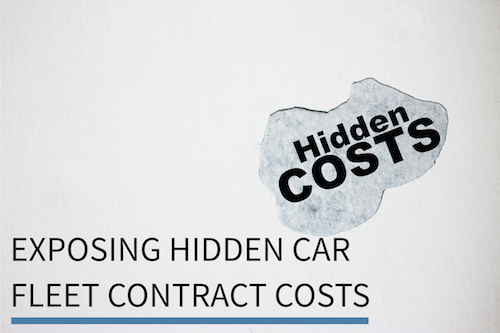
13 Jul Exposing Hidden Car Fleet Contract Costs
When costing a fleet supply agreement, and choosing the right funding model and appropriate supplier, it is important to understand that the price quoted against a vehicle list is merely a price at a snapshot in time, and on a very specific configuration.
It is a price that is being provided for the purpose of comparison, either between other suppliers in a multi-bid scenario or against other suppliers in a single bid scenario. It is extremely unlikely that it will reflect the actual cost of operating the fleet over the term because of two main reasons:
Price creep
As the fleet expands and the legacy supplier is removed, the new leasing price of each type of vehicle will change over time: likely to result in an increase in the headline price that the contract was signed against.
Additional supplier margins
Although the provider may have offered significant signing-on incentives to win the business, they will always be factored into the overall contract pricing, very often with sophisticated systems to recover this investment.
And it is these margins that the supplier can apply to consumables and services that need to be understood, so they can be managed.
It is a common misconception that the only revenue elements that can be negotiated are the management fee and the margin on the financing interest.
Most fleet stakeholders assume that focusing on these means they are in control of the contract costs, however, that is, unfortunately not the case. There are in fact six cost categories within a typical leasing contract that are used to generate revenue for the lessor.
To understand these six commercial trapdoors Download the fleetworx e-book “Fleet Contracts: Avoiding Commercial Trapdoors – A Practical Guide for Procurement Departments” .
Back to Blogs Back to Case Studies List


Sorry, the comment form is closed at this time.